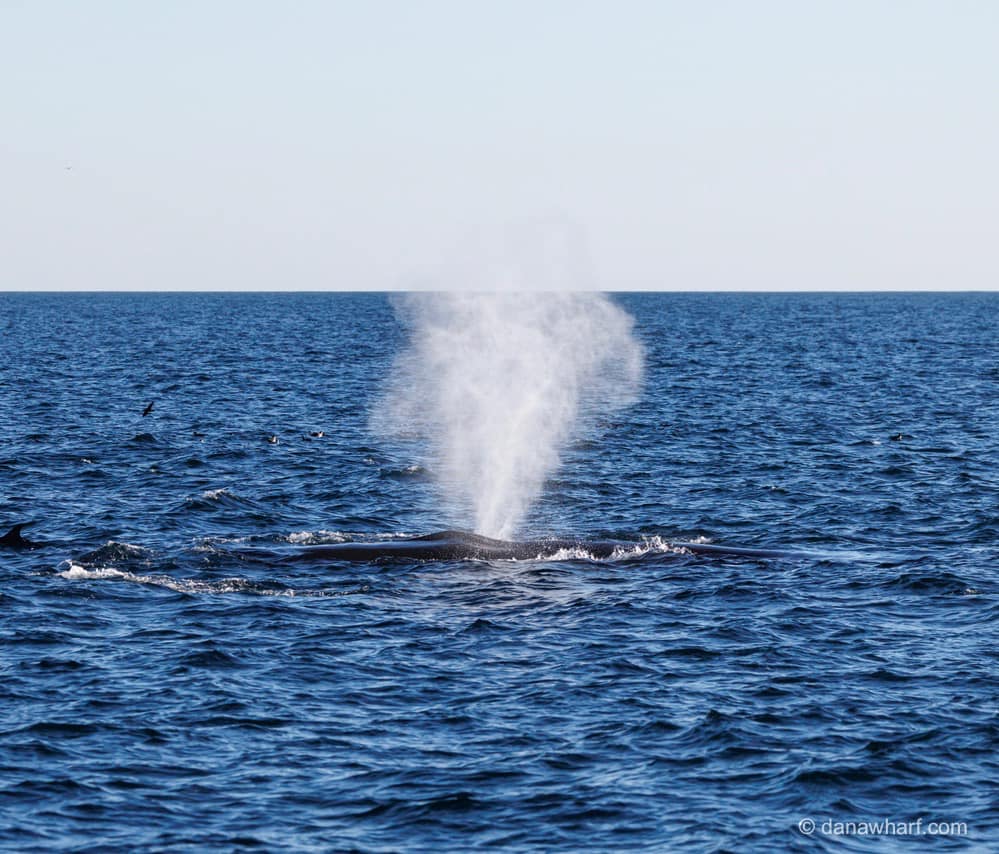Climate Change and Whales: What’s at Stake?

Climate change isn’t just about hotter summers and wild weather. Our oceans are feeling the heat too, and that spells trouble for marine life—especially whales.
These massive, intelligent creatures depend on stable ocean conditions to survive. Rising temperatures, melting sea ice, and increasing ocean acidity are reshaping their world, making it harder for them to find food, migrate, and even communicate.
In this article, we’ll dive into how climate change affects whale populations, why it matters for ocean health, and what’s being done to protect these incredible animals. Because when whales struggle, entire marine ecosystems feel the impact.
How Climate Change is Disrupting Whale Populations
The ocean is changing fast, and whales are on the front lines.
Warmer waters are shifting their habitats, pushing them into unfamiliar areas where food is scarce. Species like humpbacks and blue whales rely on specific water temperatures for feeding and breeding. When those temperatures change, survival becomes a challenge.
The ripple effects go deep. Tiny krill—whales’ main food source—are declining as ocean temperatures rise. Without enough krill, whales go hungry. At the same time, acidification from excess carbon dioxide is altering ocean chemistry, making it harder for the marine life whales depend on to thrive.
And it’s not just about food. Melting sea ice is opening up new shipping routes, increasing noise pollution that disrupts whale communication. Changes in migration routes bring more human interactions, which can mean more ship strikes, more entanglements in fishing gear, and more challenges for whale populations already under stress.
Simply put, climate change is forcing whales to adapt at an alarming pace—one that many may not be able to keep up with.

Why Whales Matter for Ocean Health
Whales don’t just swim through the ocean—they help keep it in balance.
As they dive and surface, whales circulate nutrients, fueling the growth of tiny plants called phytoplankton. These microscopic organisms absorb carbon dioxide from the atmosphere, helping regulate the planet’s climate. In other words, more whales mean a healthier ocean and a more stable climate.
When whale populations decline, this delicate balance gets thrown off. Fewer whales mean fewer nutrients, which affects fish populations and the entire marine food web. The impact reaches all the way to the seafood on our plates and the health of our planet.
How Ocean Warming is Changing Whale Behavior
For whales, warmer oceans mean major lifestyle changes.
Many species migrate thousands of miles each year to feed and breed. But as ocean temperatures rise, their migration routes are shifting. Some whales are traveling longer distances to find food, while others are being forced into unfamiliar waters.
Calves are particularly vulnerable. Young whales need specific conditions to grow and thrive. When their nursery waters get too warm, their chances of survival drop.
Warmer waters also bring more extreme weather, which can disrupt breeding and feeding patterns. And with prey species like krill becoming harder to find, some whales are struggling to get the nutrition they need to reproduce.
The Disappearance of Krill: A Growing Crisis
Whales can’t survive without their food sources, and krill are at the heart of the problem.
Krill and plankton—the tiny organisms that form the foundation of the marine food web—are highly sensitive to temperature changes. As oceans warm, krill populations are shrinking. That means less food for whales, leading to malnutrition, lower birth rates, and weaker populations overall.
This isn’t just bad for whales. Since many fish species rely on krill too, the entire marine food chain is at risk.
Melting Ice and the Future of Polar Whales
For polar whale species like belugas and narwhals, melting sea ice is an existential threat.
These whales rely on icy waters for protection from predators and stable feeding grounds. As the ice disappears, their habitat shrinks, forcing them to compete for fewer resources.
Less ice also means more human activity—more ships, more oil exploration, and more industrial noise that disrupts their ability to communicate and navigate.
If we don’t slow down climate change, some of these species could disappear entirely.
Ocean Acidification: The Invisible Threat
One of the lesser-known dangers of climate change is ocean acidification. As the ocean absorbs more carbon dioxide from the atmosphere, its chemistry changes, making the water more acidic.
For whales, this is a long-term disaster. Acidification affects the tiny organisms at the base of the marine food chain, weakening the krill and plankton populations that whales rely on.
Over time, this could mean less food, weaker whale populations, and a struggling marine ecosystem.

What’s Being Done to Protect Whales?
There’s no quick fix for climate change, but conservation efforts are making a difference.
Marine protected areas (MPAs) are giving whales safe spaces to feed and breed without human interference. These zones help maintain stable ecosystems and allow whale populations to recover.
International policies are also critical. Agreements like the Paris Climate Accord push countries to reduce carbon emissions, which can slow ocean warming and acidification.
Advancements in research and technology are helping scientists track whale populations, study migration patterns, and understand how climate change is affecting their survival.
But policy and science can only do so much. Public awareness and action play a huge role in protecting whales. Simple choices—like reducing plastic waste, supporting sustainable seafood, and advocating for stronger environmental policies—can help create a healthier ocean for these incredible animals.
The Future of Whales Depends on Us
Whales have been navigating Earth’s oceans for millions of years, but climate change is testing their survival like never before.
As the planet warms, they face new and growing threats—disappearing food, disrupted migrations, shrinking habitats. But their fate isn’t sealed yet.
Through conservation, policy changes, and individual action, we can help protect these giants of the sea. Because when we save whales, we’re not just protecting a species—we’re preserving the health of our oceans and the future of our planet.
